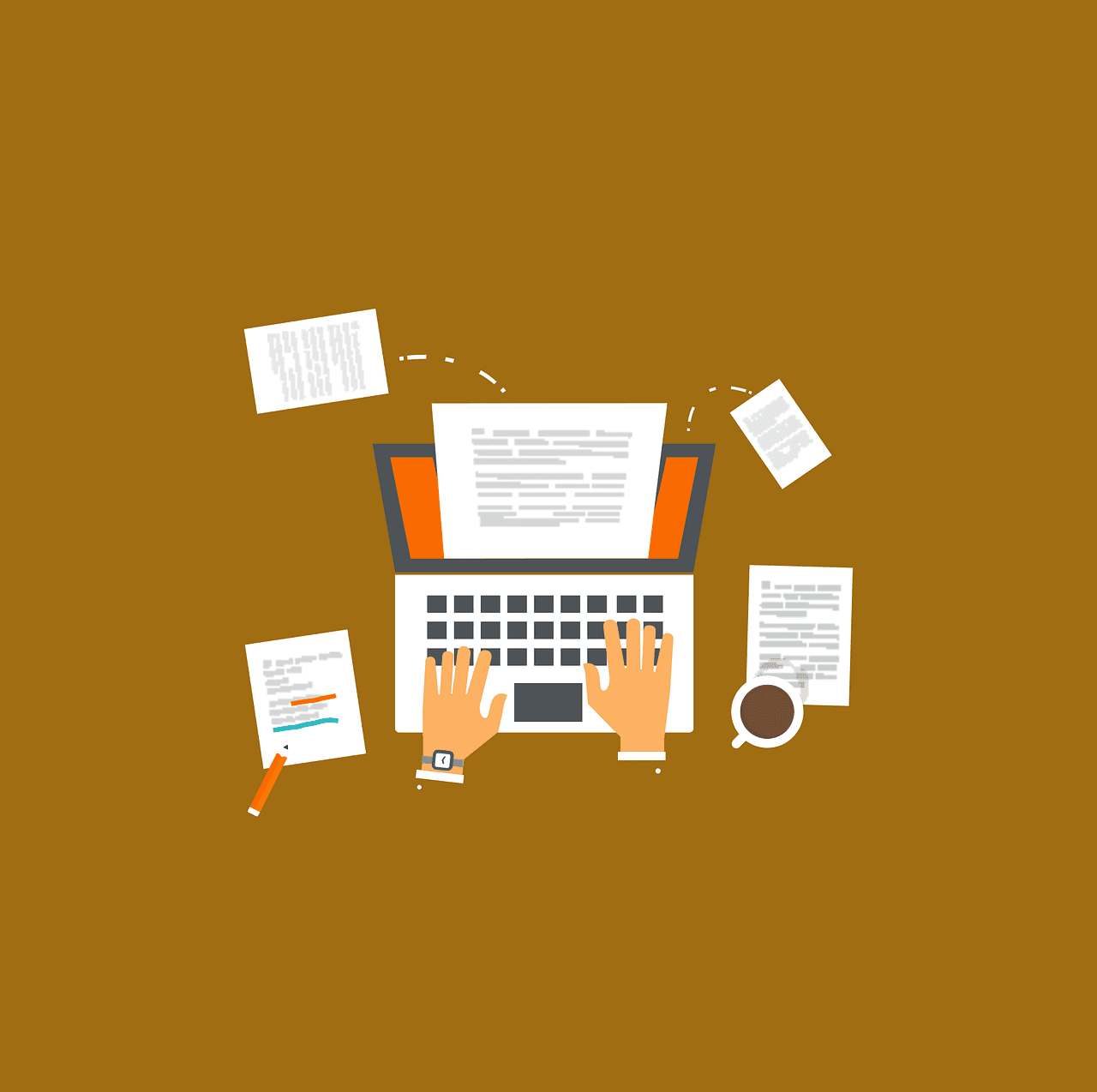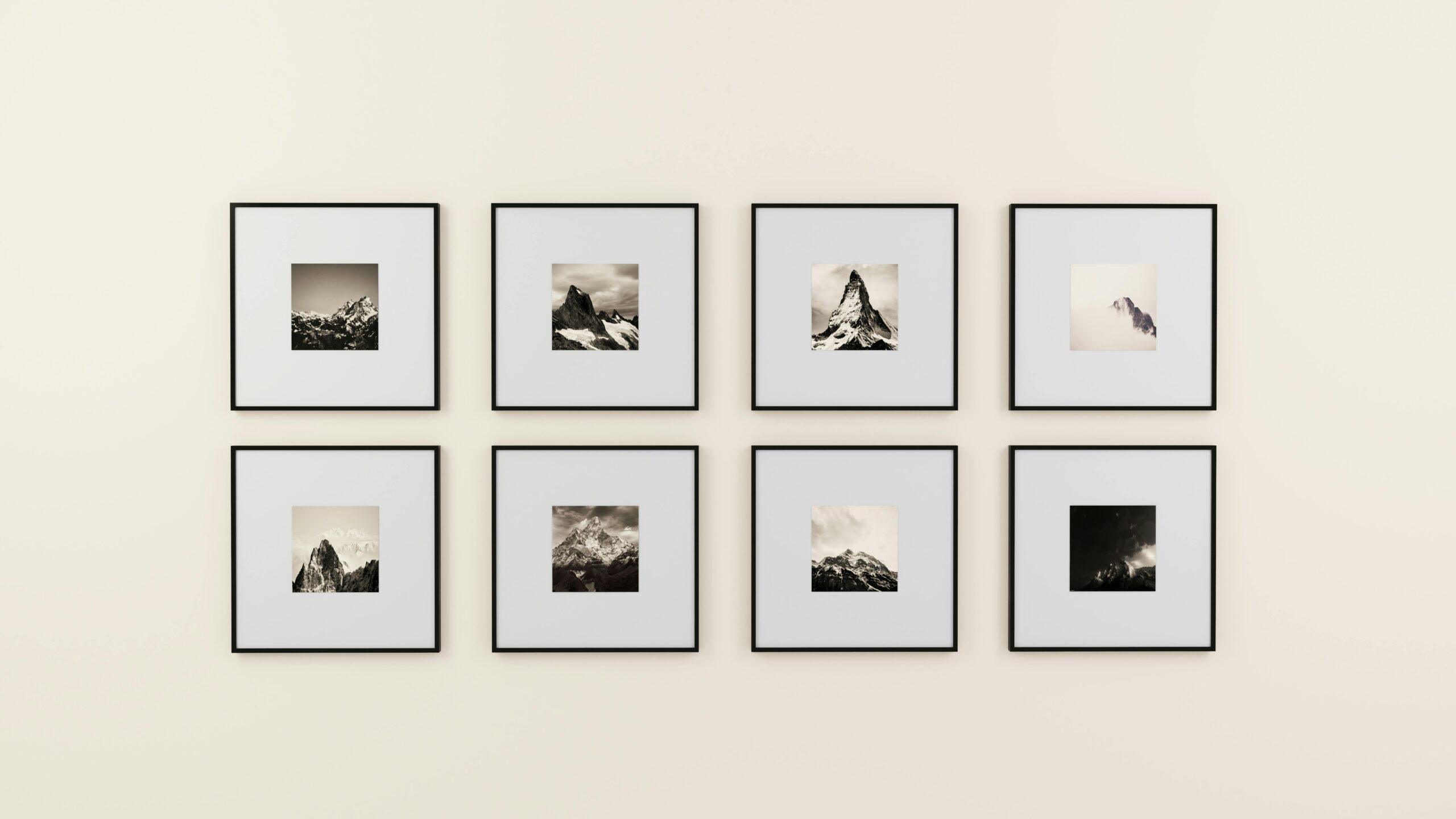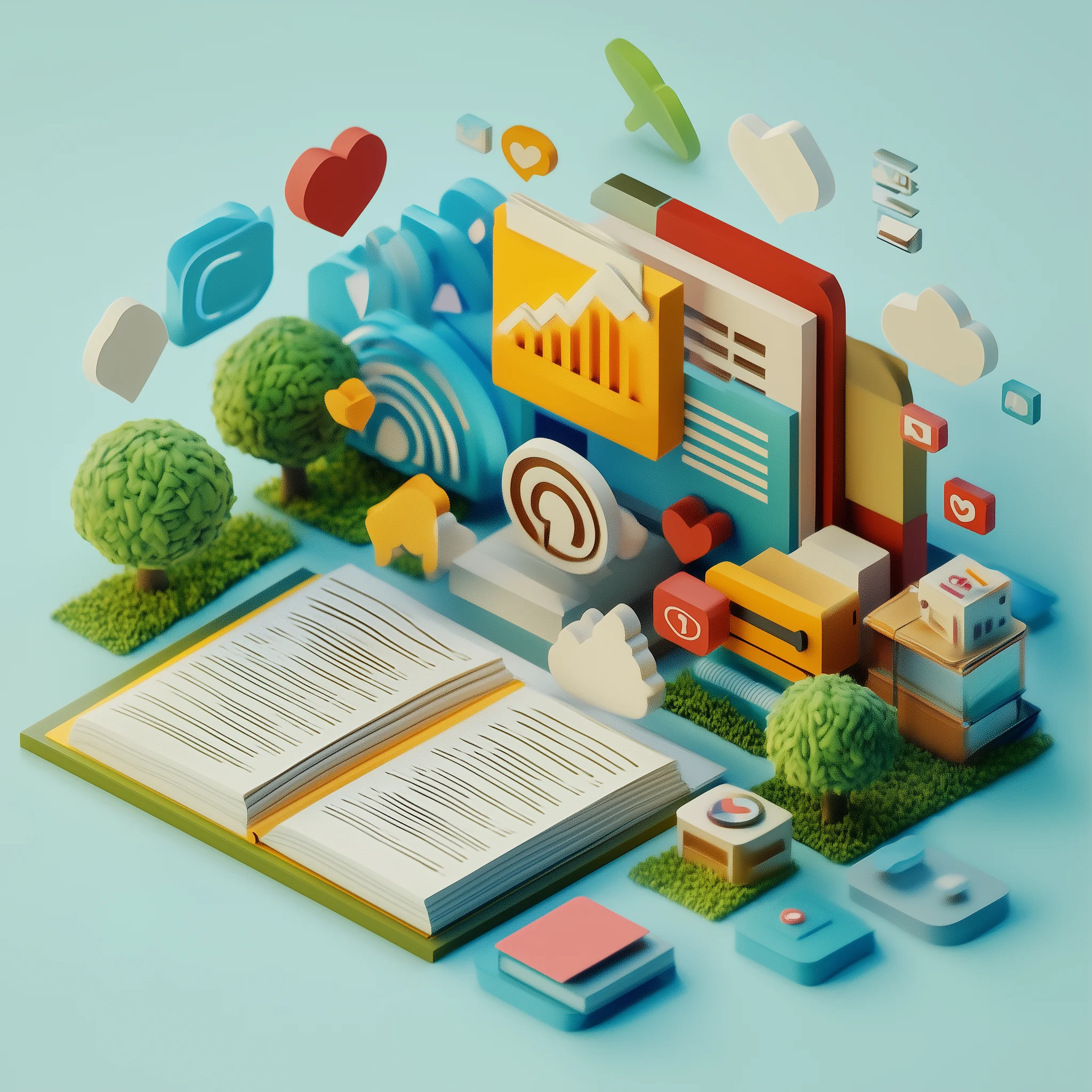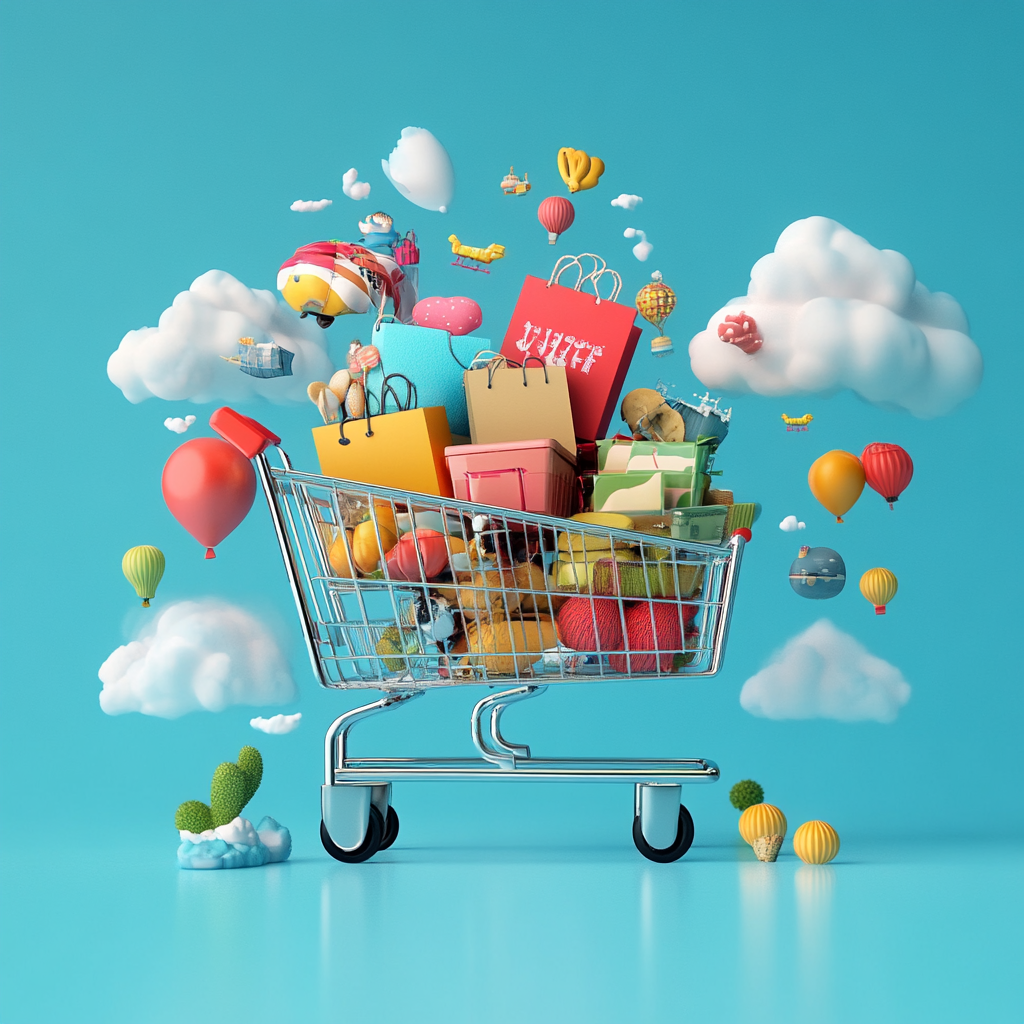Disclosure:
Some of the links on this website are affiliate links, which means that if you click on one of the links and sign up or make a purchase, we may earn a small commission at no additional cost to you. This commission helps support the maintenance and operation of this site.
We only recommend products or services that we believe will provide value to our readers. Our opinions and recommendations are based on our own research and experiences, and we strive to offer honest and unbiased content.
Please note that your support through these affiliate links is greatly appreciated, as it helps us continue to provide quality content and resources.
Thank you for your support!
The world of digital products offers endless opportunities, especially for entrepreneurs looking to start a low-cost online business. Two popular business models in this space are Printables and Print-on-Demand (POD). While they both involve creating and selling custom-designed products, they differ significantly in terms of cost structure, scalability, and profitability.
So which is more profitable—Printables or POD? The answer depends on your goals, resources, and how you operate the business. This article explores the key differences, profit margins, and pros and cons of each model to help you make an informed decision.
What Are Printables?
Printables are digital files that customers download and print themselves. Common examples include:
- Planners and calendars
- Worksheets and templates
- Art prints
- Checklists and trackers
- Budget sheets and journals
- Educational resources
Since the product is delivered instantly as a digital file, there are no physical goods, shipping, or inventory to worry about.
How Printables Make Money
- You create the digital file once
- Upload it to a platform like Etsy, Gumroad, or your own site
- Customers purchase and download the file
- You keep most (or all) of the revenue after platform fees
What Is Print-on-Demand (POD)?
Print-on-Demand (POD) involves creating a design that is printed onto a physical product only after someone places an order. Examples of POD products include:
- T-shirts and hoodies
- Mugs and tumblers
- Phone cases
- Tote bags
- Wall art
- Notebooks
With POD, a third-party supplier handles the printing, packaging, and shipping, allowing you to run a hands-off physical product business.
How POD Makes Money
- You upload your design to a POD platform (e.g., Printful, Printify, TeeSpring)
- When a customer places an order, the supplier prints and ships the product
- You earn the difference between the sale price and the supplier cost
Profitability Comparison
1. Startup Costs
- Printables: Extremely low; mainly requires design software and listing fees
- POD: Low to moderate; designs are free to upload, but testing samples or integration tools may cost money
Winner: Printables – minimal to no ongoing costs
2. Profit Margins
- Printables: High margins (often 90%+ profit after platform fees)
- POD: Lower margins (typically 15%–40% per item depending on price and supplier costs)
Winner: Printables – each sale yields a higher profit
3. Scalability
- Printables: Highly scalable with passive income potential
- POD: Scalable, but depends on order volume and fulfillment capacity
Winner: Tie – both are scalable, but printables are more passive
4. Customer Expectations
- Printables: Customers expect instant downloads; no physical delivery involved
- POD: Customers expect timely shipping, quality, and return options
Winner: Printables – fewer customer service obligations
5. Product Development Time
- Printables: Faster creation process; some can be made in under an hour
- POD: Requires mockups, multiple variations, and testing product quality
Winner: Printables – easier and faster to launch
6. Marketing and Competition
- Printables: High competition on platforms like Etsy; SEO and niche targeting are key
- POD: Highly saturated markets; requires trend awareness and creative differentiation
Winner: Tie – both require strong marketing and niche positioning
7. Platform Flexibility
- Printables: Sell on Etsy, your own website, or bundles on marketplaces
- POD: Often tied to specific fulfillment platforms or marketplaces
Winner: Printables – more control over sales and distribution
Pros and Cons Summary
Printables
Pros:
- High profit margins
- Instant delivery, no shipping issues
- Truly passive after setup
- Easy to create and test
Cons:
- Limited to digital markets
- Prone to digital piracy
- May require higher design quality to stand out
Print-on-Demand
Pros:
- Offers physical products people love
- No need to manage inventory or shipping
- Great for building branded merchandise
- Can sell on multiple marketplaces
Cons:
- Lower profit margins
- Customer service and fulfillment delays can occur
- Longer time to develop successful products
Which One Should You Choose?
- Choose Printables if:
- You want higher margins and passive income
- You enjoy creating digital products
- You prefer a low-maintenance business model
- You want higher margins and passive income
- Choose POD if:
- You like designing for physical items
- You want to build a brand around merchandise
- You’re comfortable with lower margins in exchange for a tangible product
- You like designing for physical items
Some entrepreneurs even combine both models—offering printable downloads alongside physical versions of the same product through POD.

FAQ: Printables vs. POD Profitability
1. What’s the difference between printables and print-on-demand (POD)?
Printables are digital products that customers download and print themselves (e.g., planners, templates, art prints).
POD involves physical products like t-shirts, mugs, or posters that are only printed and shipped after a customer places an order.
2. Which model is more profitable overall—printables or POD?
Printables typically offer higher profit margins, often 90% or more per sale after platform fees.
POD profit margins are generally lower, usually ranging from 15% to 40%, depending on product type, pricing, and supplier costs.
3. Why are printables more profitable per sale?
Once created, printables have no production, shipping, or inventory costs. You can sell the same file repeatedly with minimal ongoing effort, which keeps profit margins high.
4. Does POD cost more to run?
While POD has low startup costs, each sale includes a production and fulfillment fee charged by the supplier. You also may need to order product samples, pay for premium design tools, or integrate eCommerce platforms.
5. Can printables generate passive income?
Yes. Printables are often considered passive income products. Once uploaded and properly optimized on a platform like Etsy, they can generate ongoing sales with little additional effort.
6. What are the scalability differences?
Both models are scalable, but:
- Printables scale more easily with minimal time investment once products are live.
- POD can scale effectively too, but growth may increase customer service responsibilities and require more design variation.
7. Which is easier to start as a beginner?
Printables are usually easier to start. You only need design software, basic marketing skills, and a digital product listing. POD may require mockups, platform setup, and managing physical product expectations.
8. What are the customer service differences?
- Printables: Minimal customer service; most issues involve download problems.
- POD: More customer service is needed due to shipping delays, print quality, returns, and sizing concerns.
9. Can I run both models in one business?
Yes. Many sellers offer both printables and POD products to diversify income. For example, a printable planner could also be sold as a printed journal through POD.
10. Which model is better for long-term business growth?
It depends on your goals:
- Printables are ideal for building a passive income stream with minimal upkeep.
- POD is better for creating a branded product line and engaging with physical product customers.
Both models offer strong long-term potential if marketed well and targeted toward the right niche.
More on Printables and Digital Downloads Here.
Subscribe to our Newsletter for Posts, Updates and More.










Leave a Reply